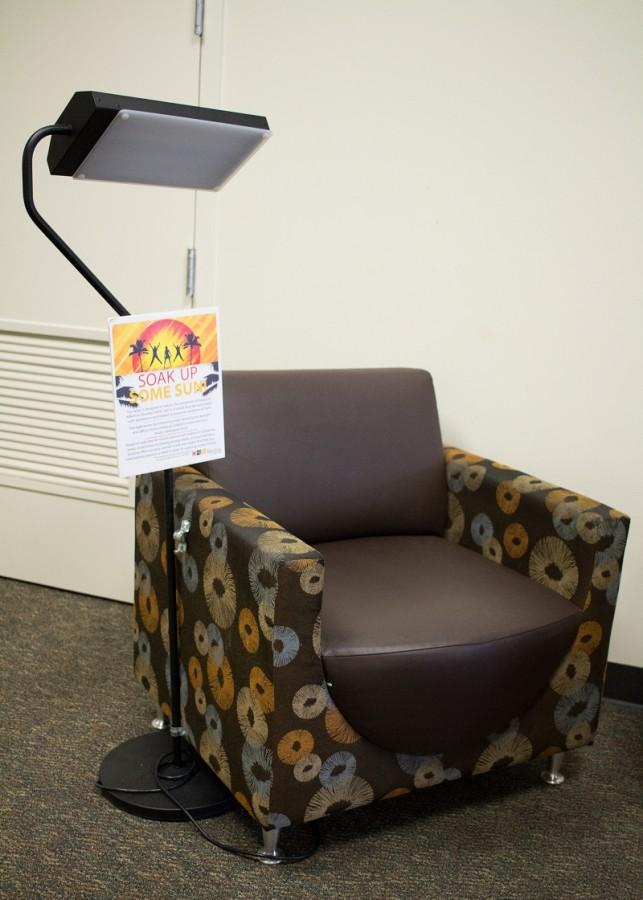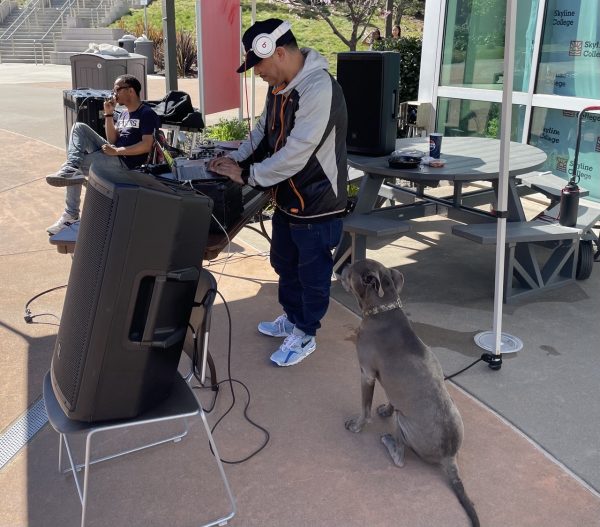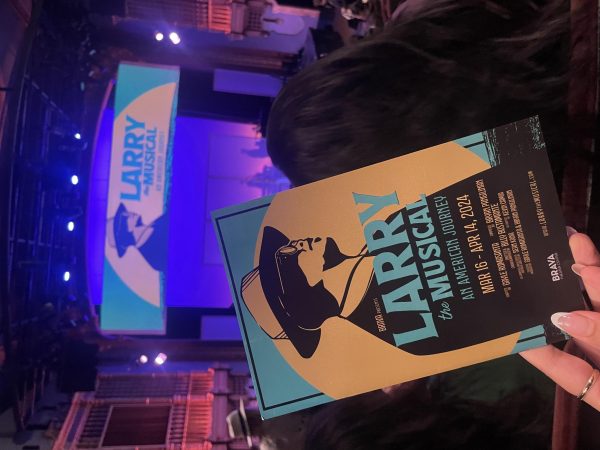Seasonal Affective Disorder
Adjustments have been made in one of the campus buildings for those prone to more than just the typical winter blues.
Skyline College Health and Safety Committee recently purchased two new lamps, located on the second floor of Building Six, designed to help students who may suffer from Seasonal Affective Disorder and its many symptoms.
Seasonal Affective Disorder is a specific mood disorder where a person will feel symptoms, such as, being lazy, sleepy, tired, lethargic, and even gaining weight because of the darker and colder weather that winter may bring. According to the Mayo Clinic Organization website, a few of the risk factors include being female the disorder is diagnosed more often in women than in men, but men may have more-severe symptoms. Age is also a factor, and people 18-30 have a higher risk of winter SAD, and winter SAD is less likely to occur in older adults.
“During times where it’s low light and foggy people experience symptoms of depression,” psychology teacher Jennifer Merrill said. “Sometimes it’s called the winter blues or Seasonal Depression.”
Merrill explained that the human brain has a suprachiasmatic nucleus in the hypothalamus, and it is the brain’s master clock. It tells the person when to wake up and when to sleep. To give this information to the brain, the suprachiasmatic nucleus relies heavily on light. When the weather is dark or foggy, the brain is not getting the information it needs to fully wake up.
“The whole idea behind what is causing Seasonal Affective Disorder is the lack of light,” Merrill said.
Since Skyline College frequently has foggy or overcast weather, many of its student and faculty may not get that bright sunlight that triggers the brain to be more active.
Julia Luna, a student at Skyline College, says that she always feels tired especially in the morning. She has observed that her friends want to stay in bed longer on foggy days.
“When it’s foggy it seems that [my friends] would rather stay in bed under the sheets,” Luna said.
Luna’s friends are not alone; plenty of other Skyline students have felt similar symptoms of Seasonal Affective Disorder when it is cold and foggy.
Meiling Lu, another Skyline Student, said that she might be suffering from similar symptoms of Seasonal Affective Disorder, especially during the winter. She does not feel rested in the morning even after a full night’s sleep.
“Even if I get the same amount of sleep in August,” Lu said. “I still feel extremely tired and want to stay in bed longer around December.”
Merrill conducted a survey to get a consensus of just how many students experience these symptoms. The results of Merrill’s survey showed that a little over 50 percent of the students who answered the questions experienced multiple symptoms of Seasonal Affective Disorder during the fall and winter months. These results helped Merrill come up with the solution of getting these lamps to help students who experience any of the Seasonal Affective Disorder symptoms.
The two lamps are special because they are made to combat the low light and gloomy weather by mimicking the morning sunlight that gives the brain a wake up call.
“A normal light bulb is about 180 lux,” Merrill said. “These lamps are 10,000 lux, and this light is designed to mimic early bright morning light.”
The lamps are placed next to some chairs and tables for convenient access and use to students. They are great resources for students, whether they are experiencing symptoms of Seasonal Affective Disorder or not, to use for studying or relaxing between classes.
“Sit under those lights for 10 to 15 minutes and have yourself a coffee,” Merrill said. “Because that will wake you up.”
Update: photo added to the article. 2:36 a.m. 12/4/2014



















